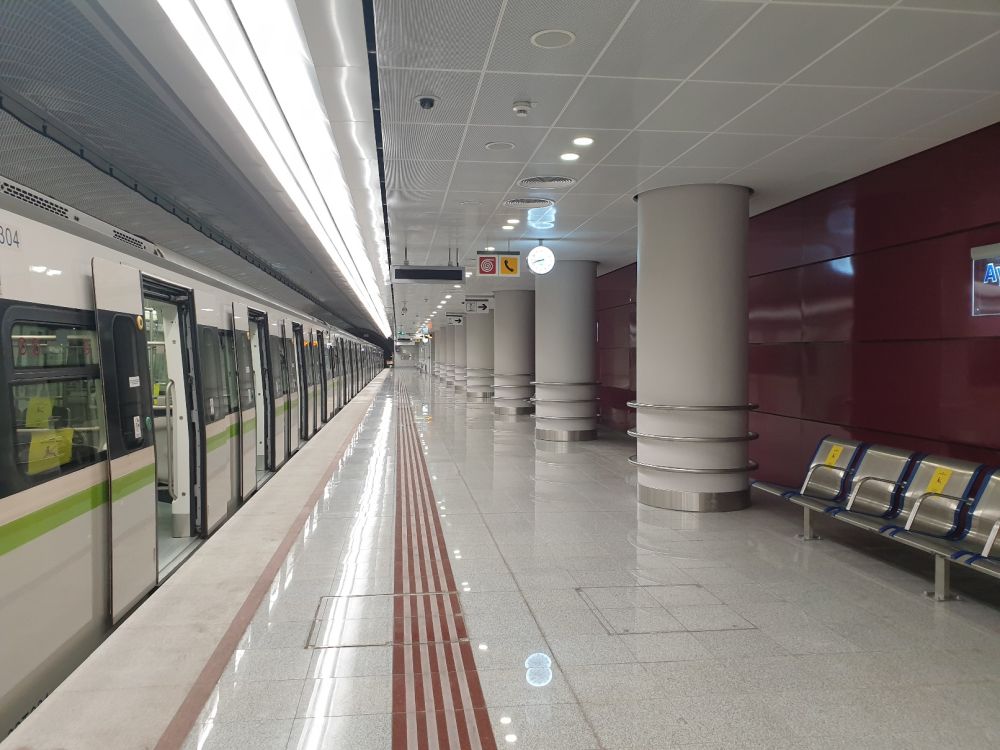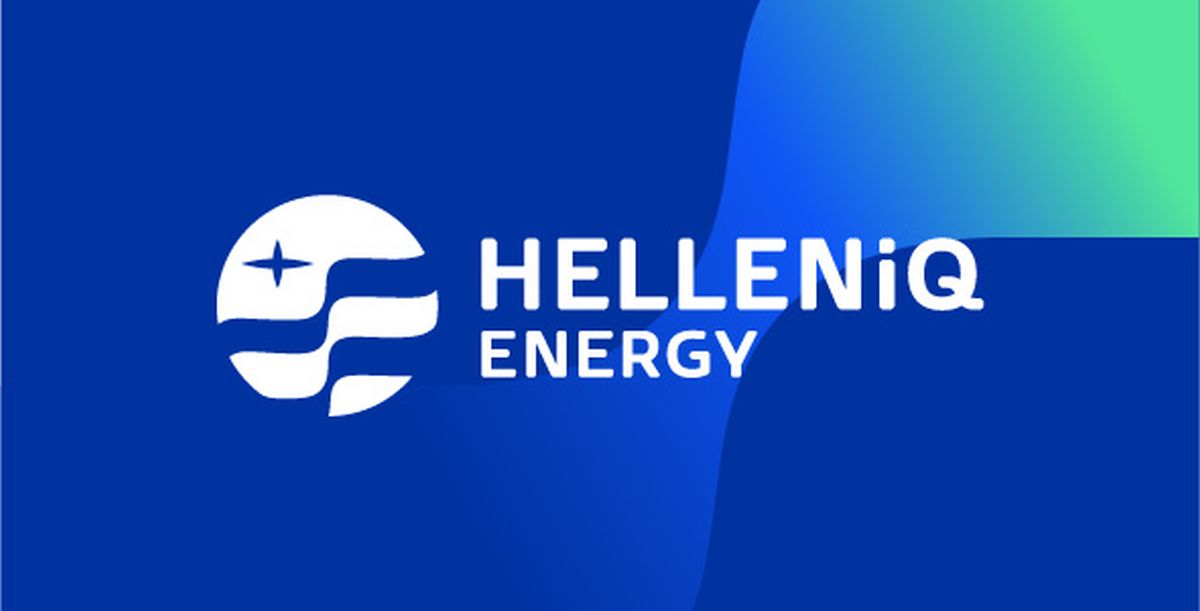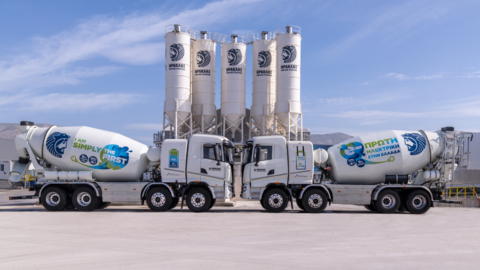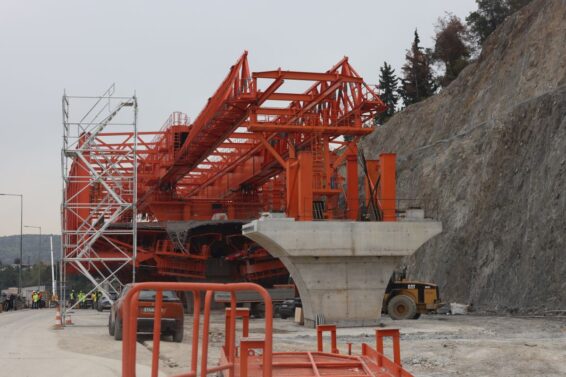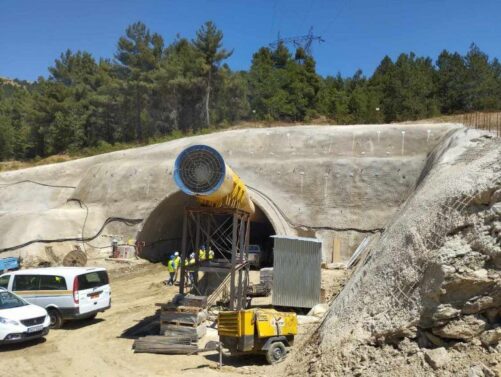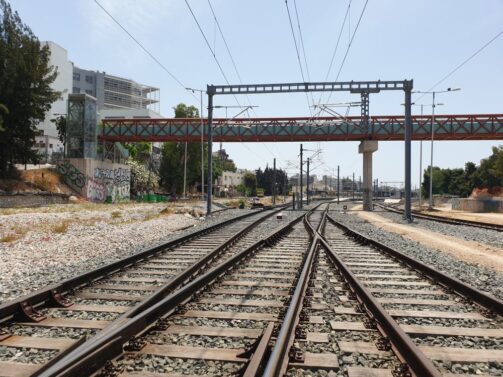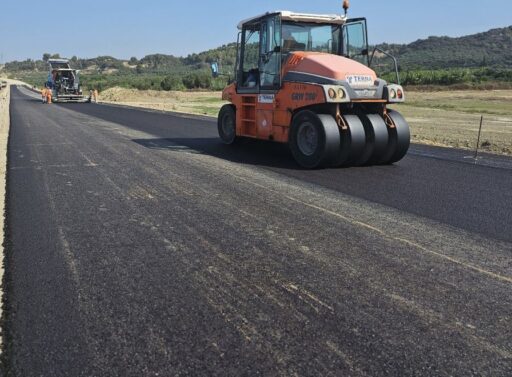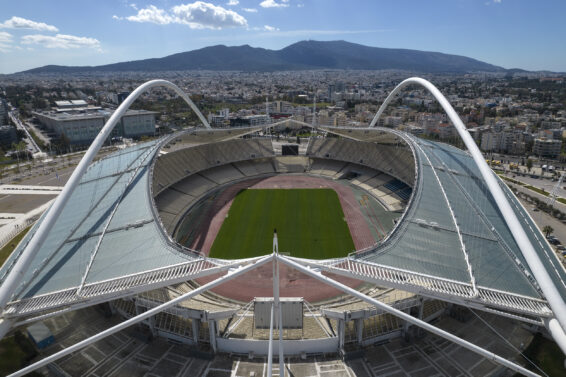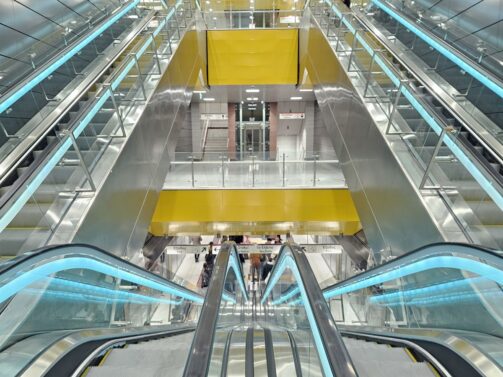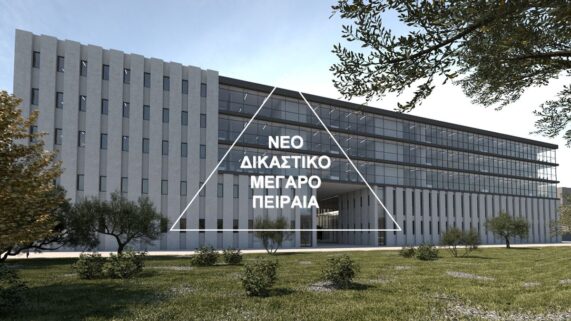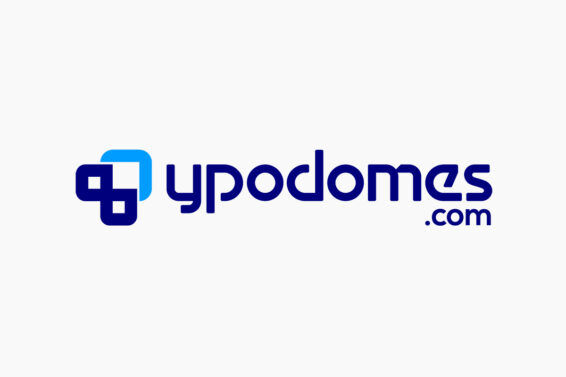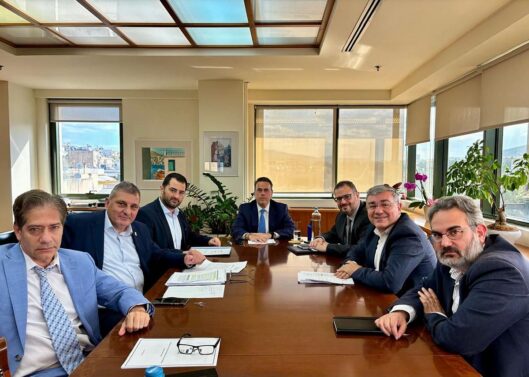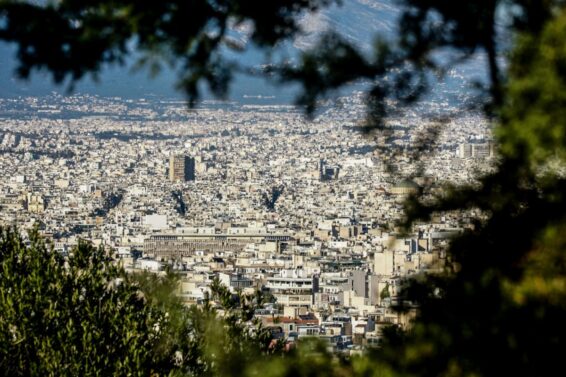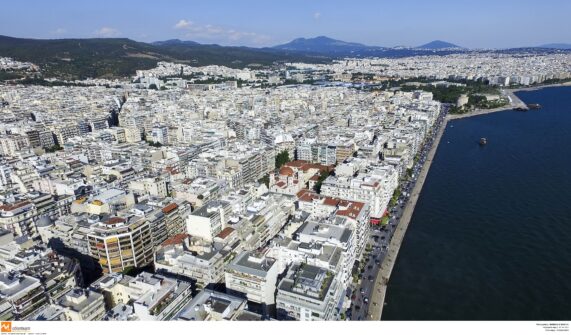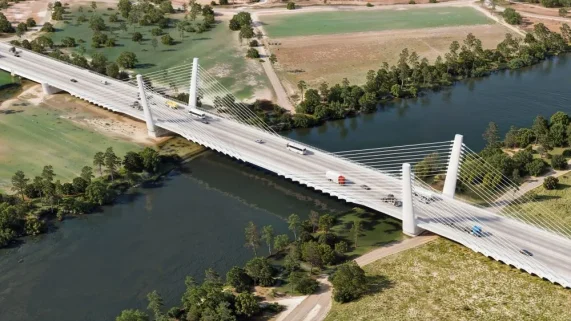The procurement tender for the Athens Metro and seven new 4th generation trains that will join the network’s fleet in the next five years and almost 15 years after the last supply of trains in the past decade will be on track for implementation after the summer. Attiko Metro is preparing the first tender in order to strengthen the rolling stock that exists today which is starting to “get old”.
According to a decision of the Ministry of Infrastructure and Transport, there is the intention to finance the project, a move that is the precursor to the procurement process. Attiko Metro is the beneficiary of the call for funding and the one that, as the contracting authority, will proceed with the tender.
The tender will concern the supply of seven new two-way trains that will be included exclusively on line 3 Municipal Theater-El. Venizelos Airport, almost 50 km long. The supply of trains is deemed necessary especially after the operation of the extension to the port and the center of Piraeus.
Today the frequencies of the routes to the airport are every 36 minutes and it is estimated that with the arrival of these seven new trains the frequencies can even be every 20 minutes if it is decided and there will be more “traditional” trains to serve and under tender for the extension of line 2 to Ilion
Their cost exceeds 150 million euros as they are a special technology since they use two electric propulsion systems. The first is the classic one for Metro systems and is drawn from the “third rail” in the line’s infrastructure. The second is from the pantograph, i.e. from the electrified overhead line from which the trains are powered.
In the Athens Metro, the seven new trains will complement the seven existing 2nd generation trains that have been operating since 2004 (Hanwa-Rotem) in order to achieve better frequencies on the routes to the airport. With the completion of the seven new trains, there will be sufficient rolling stock not only to run the route but also to be able to carry out maintenance in an orderly manner. In the future, it is planned to further strengthen the network with another eight trains that will cover the increased needs to improve the times of the routes on lines 2 and 3.
What are the trains of the network
Until today, three generations of trains operate in the Athens Metro network. The first generation are the well-known trains with the pink interior generation (Siemens-Alstom) with which the operation of lines 2 and 3 began in 2000. A total of 28 six-twin trains have been operating for 23 consecutive years.
The image and operation of the trains remains at an excellent level, but they are now fairly old. Their big disadvantage is the absence of air conditioning, which turns them into hot-pots in the summer. Three of the wires operate on Line 1, covering gaps in rolling stock.
The second generation arrived in 2003 and 2004. In addition to the seven two-track trains, another 14 trains entered service from the same consortium (Hawna-Rotem), i.e. a total of 21 trains. They strengthened the then fleet for the expansions of the 2004 Athens Olympic Games (Monastiraki, Airport, Agios Dimitrios and Agios Antonios and in the future Aegaleo).
The third and most advanced generation to date, as we saw above, concerned the 17 trains that came into operation gradually in 2014. The procurement of all trains has been carried out by Attiko Metro, while their operation has been undertaken by STASY.
Line 4 is also of interest, for which the supply of 20 trains of the Alstom Metropolis series is planned. Following the example of Thessaloniki, the trains will be the first in the Athens system to operate super-automatically, without a driver and with their movements controlled by the Control Center.
ΜΗΝ ΞΕΧΑΣΕΤΕ
- Ακολουθήστε το ypodomes.com στο Google News και μάθετε πρώτοι όλες τις ειδήσεις για τις υποδομές στην Ελλάδα
- Αν είστε επαγγελματίας του κλάδου, ακολουθήστε μας στο LinkedIn
- Εγγραφείτε στο Ypodomes Web TV

